Is Triclosan Deodorant Harmful to the Environment? Uncovering the Impact
Triclosan, a chemical widely recognized for its antibacterial properties, is commonly used in personal care products such as deodorants. The convenience and effectiveness in controlling sweat and odor have made triclosan-laden deodorants a staple in daily hygiene routines. However, there is growing concern about the environmental ramifications, as our waterways and soil bear the brunt of this omnipresent compound.
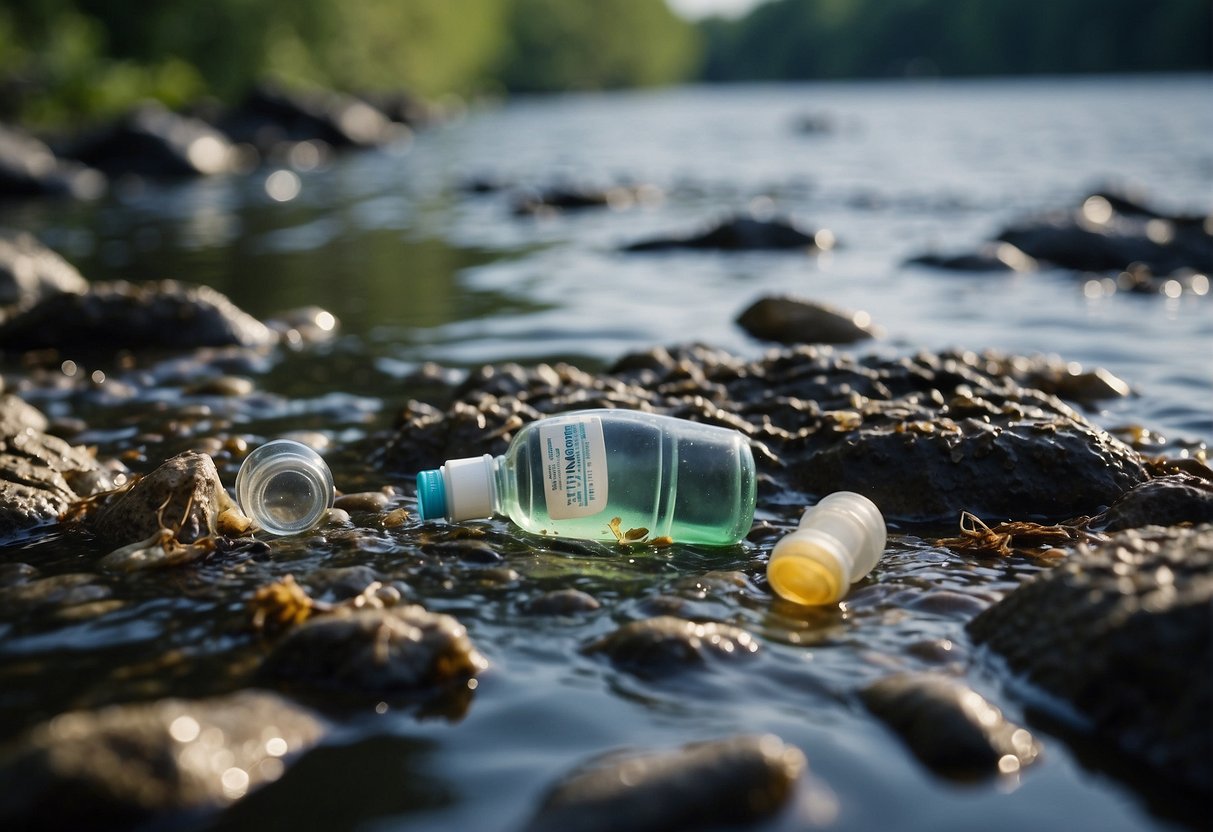
Continuous exposure to triclosan from various personal care products has led to detectable levels in different environmental compartments. Its persistence and bioaccumulation potential raise questions about the sustainability of its use, especially given the rise in resistance among certain bacteria. It’s imperative that we examine the environmental impact, weighing the benefits of use against the potential risks it poses to ecosystems and human health alike.
Key Takeaways
- Triclosan is widely used in deodorants for its antibacterial effects.
- Environmental concerns center on its persistence and bioaccumulation.
- Evaluation of triclosan's environmental impact is crucial for sustainable use.
Triclosan Overview and Usage
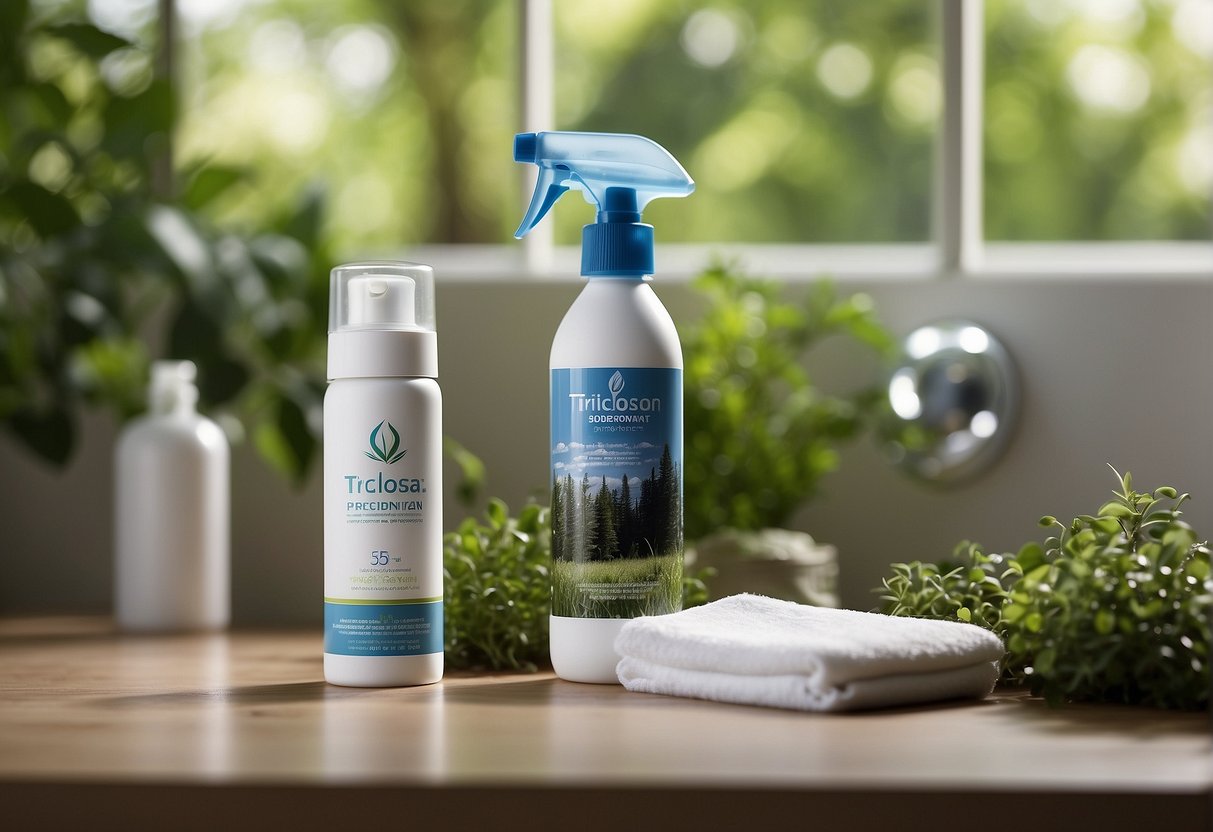
Triclosan is a synthetic chemical with antimicrobial properties commonly used in consumer products to prevent or reduce bacterial contamination.
Triclosan in Consumer Products
Triclosan is prevalent in a wide range of personal care products like deodorants, soaps, and toothpastes. One well-known product that contained triclosan is Colgate Total toothpaste which leveraged triclosan's bacteria-fighting abilities to improve oral health. The use of the chemical extends beyond oral care to include various antibacterial soaps and cosmetics. Notably, deodorants commonly incorporate triclosan for its capability to hinder the growth of bacteria responsible for body odor.
Regulations and Safety
Our analysis indicates significant regulatory scrutiny on triclosan use. The FDA has issued a ban on the inclusion of triclosan in antibacterial soaps noting insufficient data to prove its safety and effectiveness. Additional regulations concerning triclosan have involved the EPA, which oversees the impact of chemicals on the environment. Their assessment of risks associated with triclosan points towards harmful effects on aquatic ecosystems, leading to tighter controls on its usage. In response to safety concerns, manufacturers have been reducing their reliance on this chemical in consumer products.
Environmental Impact

In our examination of the environmental impact of triclosan deodorant, we focus on two critical areas: water contamination and terrestrial effects. These factors are crucial in understanding the broader ecological consequences of triclosan use.
Water Contamination
The presence of triclosan in various personal care products inevitably leads to its entry into water systems. After use, triclosan can travel through our sewage systems to wastewater treatment plants. However, not all triclosan is removed during treatment. Remaining triclosan and its by-products can be discharged into lakes, streams, and rivers. This contamination contributes to the accumulation of triclosan in surface waters and sediments, where it becomes part of the organic wastewater contaminants. The U.S. Environmental Protection Agency (EPA) recognizes triclosan as an emerging concern due to its potential to harm aquatic biota.
Terrestrial Effects
Terrestrial ecosystems are exposed to triclosan through the application of treated sewage sludge, known as biosolids, as fertilizer. The soil absorbs triclosan, which can affect soil functionality and the organisms within it. As part of this process, triclosan has been shown to persist in sludge-amended soils, posing a risk to terrestrial biota. Additionally, its degradation products may also pose risks, although these effects require further research for a comprehensive understanding. Sewage treatment plants can generate vast quantities of biosolids, thus potentially spreading triclosan across large terrestrial areas.
Human Health and Exposure
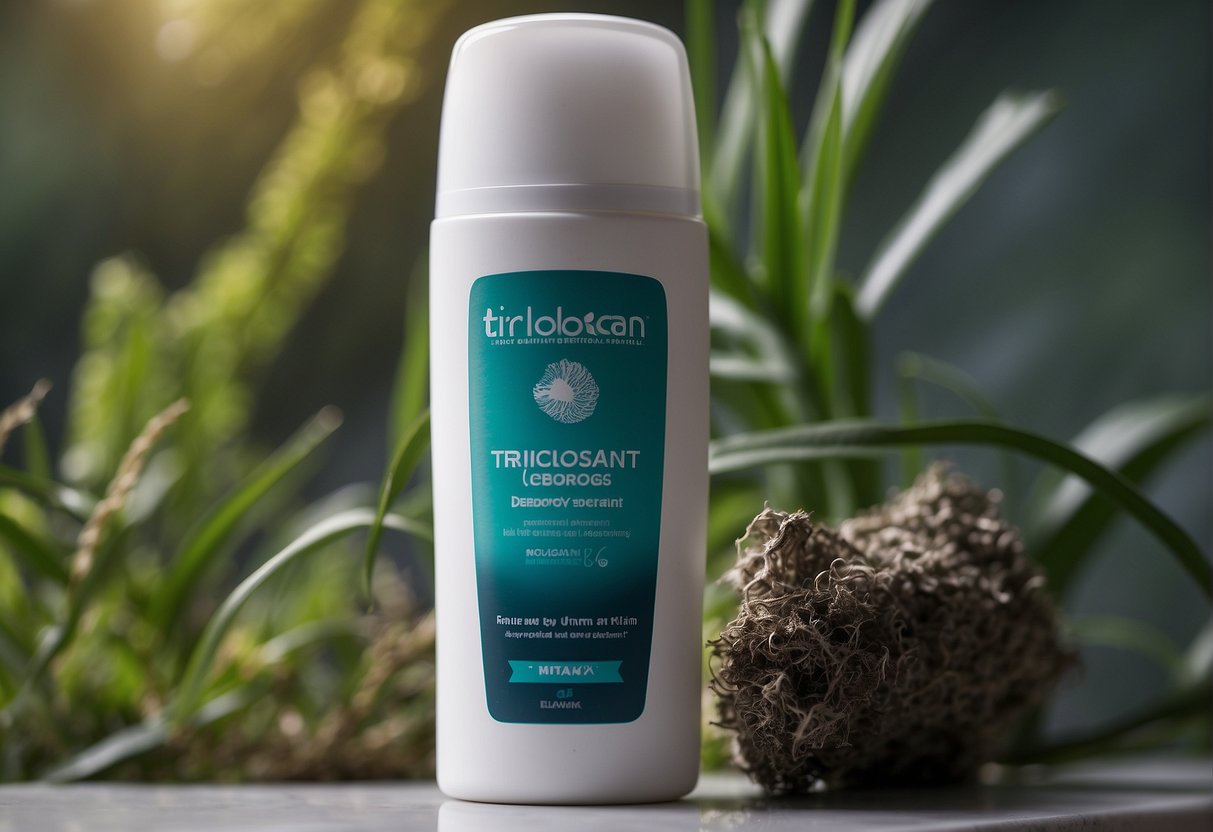
Triclosan is an antibacterial agent that we commonly find in various personal care products; its use raises health concerns, particularly related to antibiotic resistance and exposure through everyday products.
Antibiotic Resistance and Other Health Concerns
We recognize triclosan for its antibacterial properties. However, its widespread use in antibacterial soaps and other products may contribute to antibacterial resistance. Research suggests that continuous exposure to triclosan can disrupt thyroid function and may contribute to other health risks, such as altered hormone regulation. Triclosan's effect on health points to the need for judicious use, especially considering the potential for bacterial resistance.
Exposure Routes
Exposure to triclosan typically occurs through skin contact with products like deodorants and soaps or through the ingestion of contaminated water or food. Triclosan can enter our bodies directly when we apply products containing this compound to our skin—our largest organ. Moreover, studies have detected triclosan in human fluids, including blood and milk, indicating that it can bioaccumulate. This underscores the importance of monitoring triclosan's safety in everyday antibacterial products to limit our exposure and protect our health.
Effects on Aquatic Ecosystems
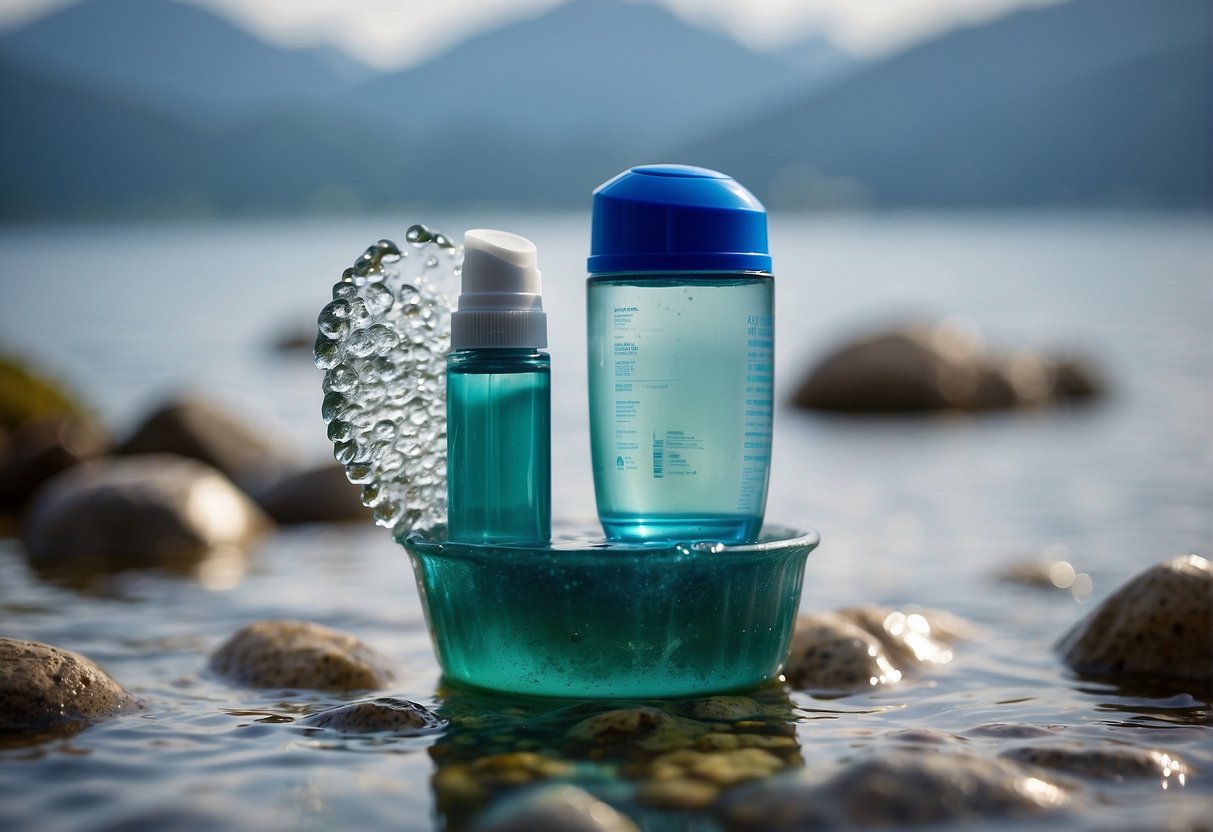
We understand that triclosan, commonly found in deodorant, poses significant effects on aquatic ecosystems, especially concerning its interaction with wastewater treatment plants and its persistent nature in various bodies of water.
Impact on Aquatic Organisms
Triclosan enters aquatic environments through effluents from wastewater treatment plants. These facilities often struggle to fully remove or degrade triclosan, leading to its release into freshwater systems. Once in the environment, triclosan can undergo photochemical degradation, but it can also persist, accumulate, and even transform into various metabolites.
Algae: Triclosan has been known to inhibit photosynthesis in algal species, leading to disruptions in food chains. It can lead to a significant decrease in algal populations, which are crucial to aquatic life as primary producers.
Fish: Exposure to triclosan disrupts thyroid hormone regulation in fish, leading to impaired growth and development. Triclosan accumulates in the fatty tissues of fish, which can result in long-term impacts on fish populations and biodiversity.
Earthworms: When triclosan-contaminated sludge from wastewater treatment plants is applied to land, it can adversely affect earthworms, organisms important for soil health and nutrient cycling.
Environmental Health: Continuous input of triclosan into aquatic systems raises concerns about the overall health and sustainability of these environments. Sub-lethal concentrations of triclosan in water can still be toxic to various forms of aquatic life, potentially leading to ecosystem-level effects.
Alternatives and Consumer Choices
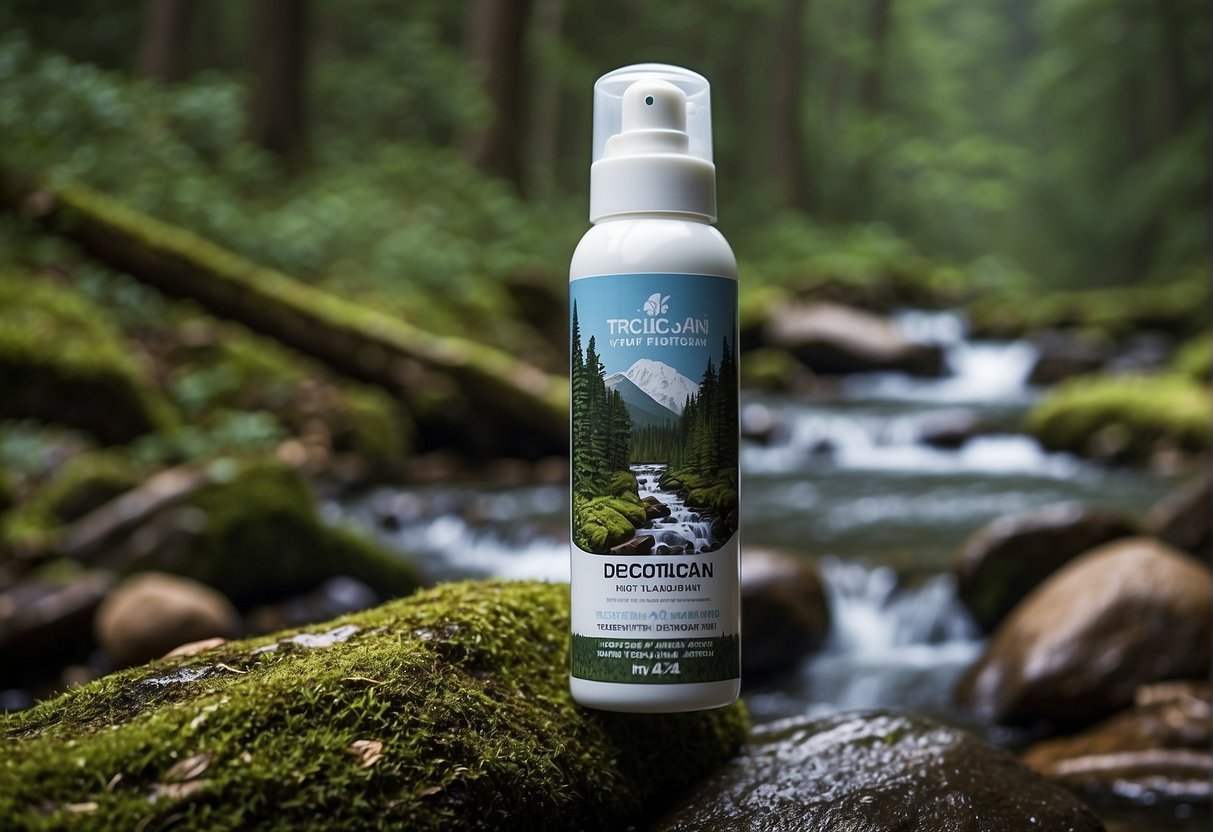
In our search for eco-friendlier products, we consider natural and non-antibacterial options to replace triclosan-containing deodorants. By understanding the available alternatives, we enable consumers to make informed decisions that reflect their environmental and health concerns.
Natural and Non-Antibacterial Options
Natural Deodorants:
- Ingredients: Often contain mineral salts, essential oils, and plant-based substances.
- Effectiveness: Designed to minimize odor without disrupting natural skin flora or environmental balance.
- Brands: Many brands now offer natural deodorants free from triclosan.
Non-Antibacterial Soaps and Hand Sanitizers:
- Purpose: Clean effectively without using antibacterial agents like triclosan.
- Materials: Utilize alcohols and other non-antibacterial agents.
- Products: Hand soap, hand sanitizer, and even some personal care items.
Consumer Products without Triclosan:
- We look for those that promise efficacy without harmful environmental impact.
- Categories: Kitchenware, clothing, and cutting boards commonly contain triclosan for its antibacterial properties.
- Alternatives: Products made from natural materials that do not harbor bacteria are preferable.
Effects on Oral Health:
- Triclosan has been used to combat gingivitis in certain toothpaste formulations.
- We suggest toothpaste options that rely on fluoride and other non-triclosan agents for maintaining dental health.
Our focus remains on products that deliver the desired benefits without the environmental risks posed by triclosan. By making these choices, we play a part in protecting both our health and the planet.
Frequently Asked Questions
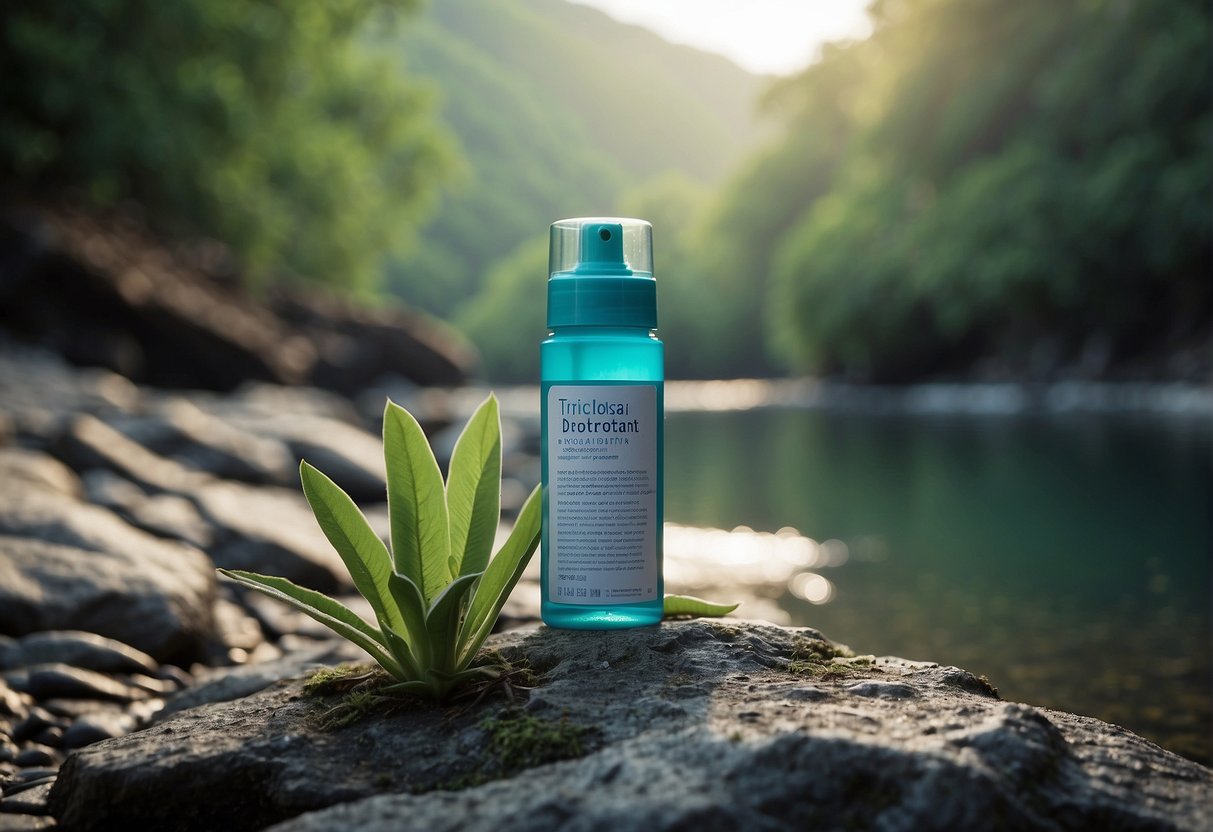
Given the concerns surrounding the environmental impact of triclosan in deodorants, we've compiled a list of frequently asked questions to address the key issues.
What environmental impacts does triclosan in deodorants have?
Triclosan in deodorants contributes to environmental pollution, particularly in water systems where it can disrupt aquatic ecosystems. Its stability and persistence allow it to accumulate, posing a risk to wildlife and potentially disrupting hormonal functions in animals.
How do triclosan-containing deodorants compare with other deodorants in terms of environmental safety?
Deodorants with triclosan are generally considered less environmentally safe compared to alternatives without this compound. Triclosan persists in the environment and can have more profound ecological impacts than deodorants that use more biodegradable ingredients.
What are the potential side effects of using triclosan in personal care products?
The use of triclosan in personal care products can lead to skin irritation in some individuals and may contribute to antibiotic resistance. Furthermore, concerns have been raised about its potential endocrine-disrupting effects which can have implications for human health.
Are there environmentally friendly alternatives to triclosan-based deodorants?
Yes, there are alternatives to triclosan-based deodorants that are more environmentally friendly. These include deodorants using natural antimicrobials or those that are free from synthetic compounds, which reduce the environmental burden.
How does triclosan in deodorants affect aquatic ecosystems when it enters water bodies?
When triclosan from deodorants enters water bodies, it can be toxic to aquatic life. It may disrupt the growth and reproduction of algae and fish, and due to its chemical stability, it can persist in the environment and magnify through the food chain.
Has triclosan been phased out of certain products, and if so, why?
Triclosan has been phased out of certain products due to its environmental persistence and potential human health risks. Regulatory agencies and manufacturers have taken steps to eliminate or reduce triclosan use in response to safety and environmental concerns.